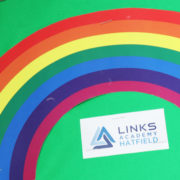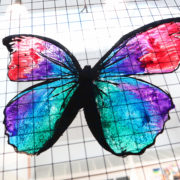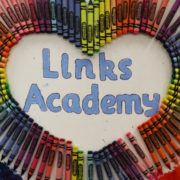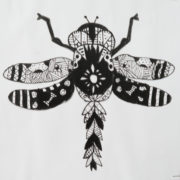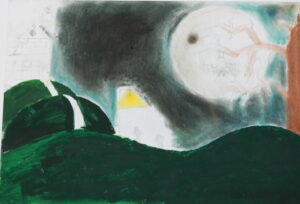Exam Board: Edexcel
Specification Number: 1AD0
What will be studied
Students will produce work for the Art, Craft and Design title (1ADO/01/02) and be required to understand how a range of sources inspire the development of ideas. Through the appreciation and analysis of artists, craftspeople, designers, events, environments and issues students can explore a variety of themes and create work personal to their purpose. An element of written annotation and use of specialist vocabulary is an expectation for this course.
Through the investigation of the formal elements including colour, line, form, tone and texture students can acknowledge the ways in which visual and tactile language can communicate meanings, ideas and intentions.
Within the course students will acquire the skills to recognise the characteristics, properties and effects of using different media, materials, techniques and processes in relation to their aims. Students will use drawing skills to record their ideas and they will be encouraged to refine their work as it progresses.
Aspects of the wider curriculum including social, moral, spiritual and ethical issues are addressed within the course content.
Learning Methods
The GCSE Art and Design course at Links Academy Hatfield encourages creativity, imagination and individual expression within a format of developing visual ideas through technical exploration. The practical features of the programme are underpinned by critical understanding of art works covering a range of historical, contemporary and cultural contexts. Students are encouraged to work from direct observation, personal experience and imagination to explore the visual elements of art and are invited to engage and experiment with a variety of mediums such as drawing, painting, printmaking, sculpture, textiles and digital media to create art in two and three dimensions.
Expectations of Students
The qualification is based on 120 hours of guided learning time and the expectation for all students taking this subject would be to fully participate in lessons completing all work set to the best of their ability.
The structure of lessons will combine teacher-led activities and independent study personalised to student’s needs. Students will be required to complete work for both GCSE components and sit a 10 hour period of sustained focus in examination conditions in order to achieve the qualification.
Students’ work must comprise supporting/ preparatory studies and address all four of the assessment objectives.
How is the course assessed
The Pearson level 1/ Level 2 GCSE (9-1) in Art and Design consists of two internally assessed and externally moderated components.
- Component 1: Personal Portfolio (internally set) 60% of the qualification, 72 marks
- Component 2: Externally Set Assignment (ESA) 40% of the qualification , 72 marks
Each unit is assessed against four Assessment Objectives:
- Assessment Objective 1: Develop ideas through investigations, demonstrating critical understanding of sources (18 marks)
- Assessment Objective 2: Refine work by exploring ideas, selecting and experimenting with appropriate media, materials, techniques and processes (18 marks)
- Assessment Objective 3: Record ideas, observations and insights relevant to intentions as work progresses (18 marks)
- Assessment Objective 4: Present a personal and meaningful response that realises intentions and demonstrates understanding of visual language (18 marks)
What websites are recommended
https://qualifications.pearson.com/en/qualifications/edexcel-gcses/art-and-design-2016.html
www.bbc.co.uk/bitesize/subjects/z6hs34j
www.tate.org.uk/https://www.nationalgallery.org.uk
What equipment is needed
Students will be provided with all materials and resources required for the course, however a sketchbook and a small selection of art materials e.g. pencils, pens and colour pencils would be beneficial in support home based study.
Career Paths/Next Steps
The GCSE art course develops transferable skills that can be applied to a range of further education and employment opportunities. Students will learn to:
- Apply a creative approach to problem solving
- Consider and develop original ideas from initiation to realisation
- Analyse critically their own and the work of others
- Express individual thoughts and choices confidently
- Take risk, experiment and learn from mistakes
Students can continue their study in Art through further education or an apprenticeship. GCSE Art & Design also provides a starting point for those students wishing to pursue a career in this area, these include:
- Art Director
- Craft and Fine Artist
- Fashion/ Textile Designer
- Floral Artist
- Graphic Designer
- Industrial Designer
- Architect
- Jewellery and precious stone metal worker
- Interior Designer
- Multimedia artist and Animator
- Set/ Costume Designer
- Tattoo Artist
- Hair and makeup Artist


